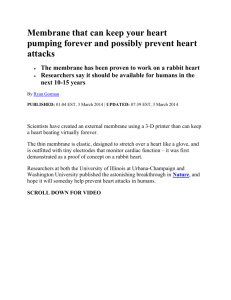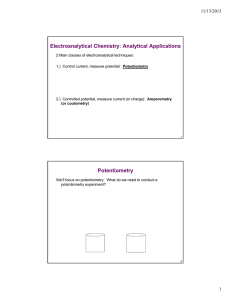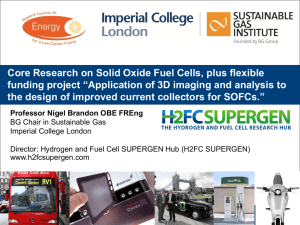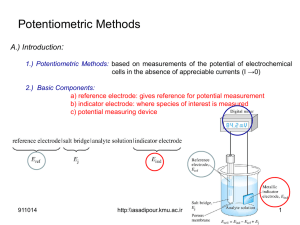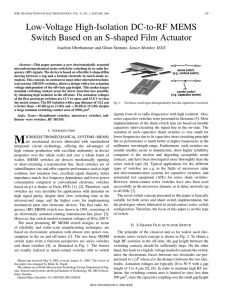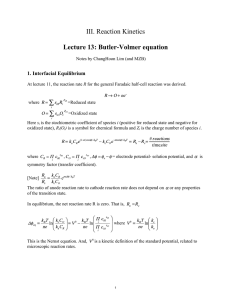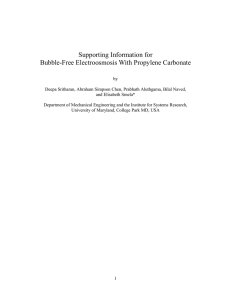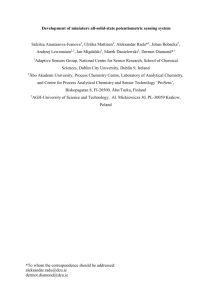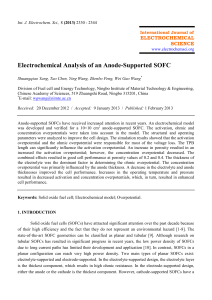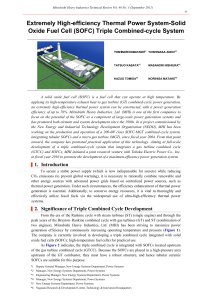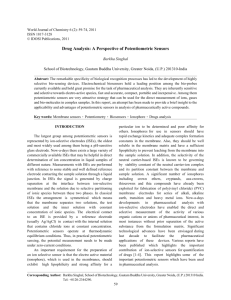IDEAL-Cell, an Innovative Dual mEmbrAne fuel-Cell
advertisement
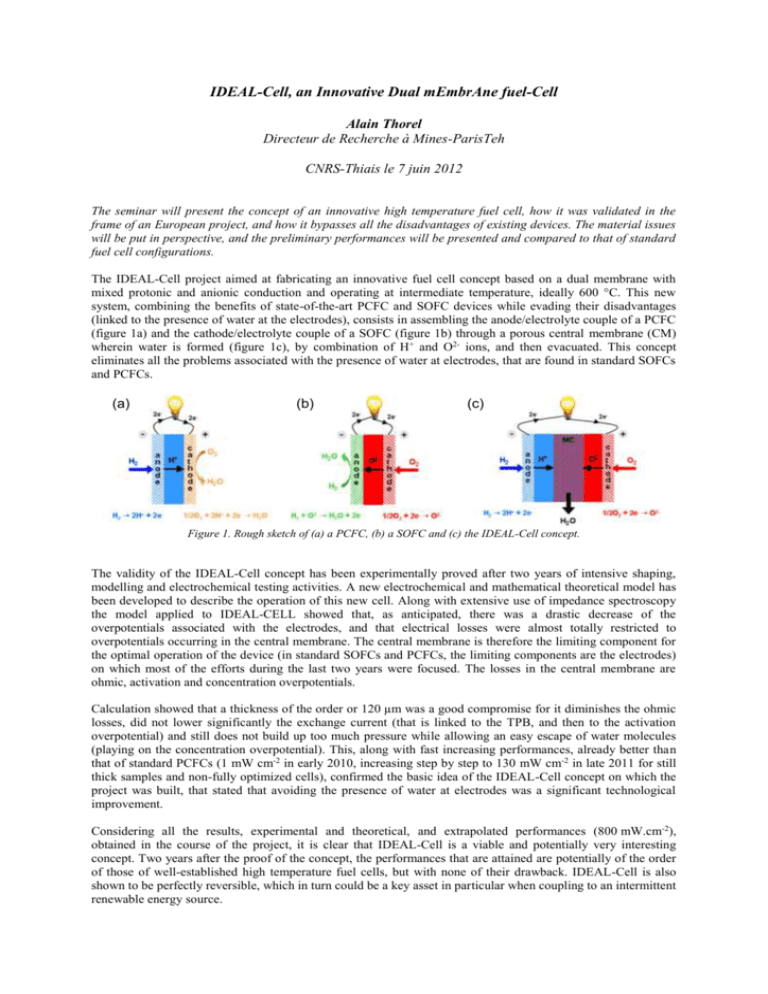
IDEAL-Cell, an Innovative Dual mEmbrAne fuel-Cell Alain Thorel Directeur de Recherche à Mines-ParisTeh CNRS-Thiais le 7 juin 2012 The seminar will present the concept of an innovative high temperature fuel cell, how it was validated in the frame of an European project, and how it bypasses all the disadvantages of existing devices. The material issues will be put in perspective, and the preliminary performances will be presented and compared to that of standard fuel cell configurations. The IDEAL-Cell project aimed at fabricating an innovative fuel cell concept based on a dual membrane with mixed protonic and anionic conduction and operating at intermediate temperature, ideally 600 °C. This new system, combining the benefits of state-of-the-art PCFC and SOFC devices while evading their disadvantages (linked to the presence of water at the electrodes), consists in assembling the anode/electrolyte couple of a PCFC (figure 1a) and the cathode/electrolyte couple of a SOFC (figure 1b) through a porous central membrane (CM) wherein water is formed (figure 1c), by combination of H+ and O2- ions, and then evacuated. This concept eliminates all the problems associated with the presence of water at electrodes, that are found in standard SOFCs and PCFCs. (a) (b) (c) Figure 1. Rough sketch of (a) a PCFC, (b) a SOFC and (c) the IDEAL-Cell concept. The validity of the IDEAL-Cell concept has been experimentally proved after two years of intensive shaping, modelling and electrochemical testing activities. A new electrochemical and mathematical theoretical model has been developed to describe the operation of this new cell. Along with extensive use of impedance spectroscopy the model applied to IDEAL-CELL showed that, as anticipated, there was a drastic decrease of the overpotentials associated with the electrodes, and that electrical losses were almost totally restricted to overpotentials occurring in the central membrane. The central membrane is therefore the limiting component for the optimal operation of the device (in standard SOFCs and PCFCs, the limiting components are the electrodes) on which most of the efforts during the last two years were focused. The losses in the central membrane are ohmic, activation and concentration overpotentials. Calculation showed that a thickness of the order or 120 µm was a good compromise for it diminishes the ohmic losses, did not lower significantly the exchange current (that is linked to the TPB, and then to the activation overpotential) and still does not build up too much pressure while allowing an easy escape of water molecules (playing on the concentration overpotential). This, along with fast increasing performances, already better than that of standard PCFCs (1 mW cm-2 in early 2010, increasing step by step to 130 mW cm-2 in late 2011 for still thick samples and non-fully optimized cells), confirmed the basic idea of the IDEAL-Cell concept on which the project was built, that stated that avoiding the presence of water at electrodes was a significant technological improvement. Considering all the results, experimental and theoretical, and extrapolated performances (800 mW.cm-2), obtained in the course of the project, it is clear that IDEAL-Cell is a viable and potentially very interesting concept. Two years after the proof of the concept, the performances that are attained are potentially of the order of those of well-established high temperature fuel cells, but with none of their drawback. IDEAL-Cell is also shown to be perfectly reversible, which in turn could be a key asset in particular when coupling to an intermittent renewable energy source.
